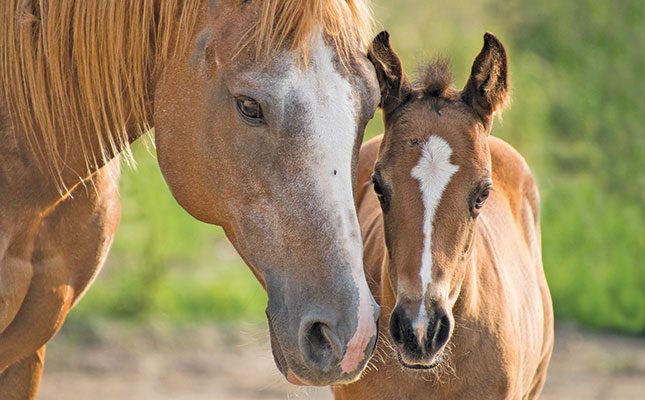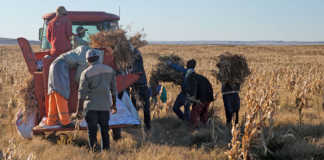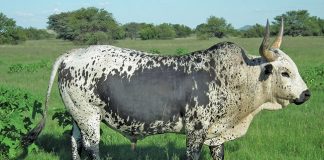
Photo: FW Archive
It is a good time to learn how to recognise the signs of heat stress in horses, and also to understand how to restructure stable management to keep horses cool at midday. In horses, as in other warm-blooded mammals; the body temperature is measured rectally and varies between 37,5°C and 38,5°C throughout the year.
Scientists have described the optimal range of daily temperature for a specified species as the ‘thermoneutral’ range. For horses, this was calculated at between 5°C and 25°C .
However, it varies according to breed and conformation. For instance, Arabian horses were line-bred over several thousand years to function well in the hot deserts of the Middle East and North Africa.
In contrast, breeds like the Iceland pony have been selected for their ability to survive ice and snow. Their conformation is different. The Arabian is long-legged and lean with little fat, so that it stands high above the heat-reflecting desert sand. Its coat is fine and the sweat evaporates fast.
The mane and forelock are fine-haired, but thick, to shelter the neck and brain stem from heat. The tail is held high and its long hairs flick away desert flies, or waft like a fan to produce a draft and aid sweat evaporation.
Their nostrils are wide to breathe cool air in rapidly and their hearts are large to pump cool, oxygen-rich blood through the surface capillaries that are cooled by sweat. Their movement is ‘floating’, with long strides.
In contrast, Icelandic pony breeds and farm horses used in Europe have thick coats and hairy ‘feathers’ over their hooves to insulate them against subzero temperatures. The faces and ears of these breeds are covered, inside and out, with thick hairs to prevent them from freezing.
Legs, joints and hooves are thick, and blood vessels have a larger diameter. The movement is not floating, but a rapid up-and-down trot to assist in pumping the blood rapidly through their vessels to warm up the muscles, joints and skin.
Historically, these two conformational extremes have represented the so-called hot- and cold-blooded breeds of horses. Breeds related to the Arabians include English thoroughbreds, Quarter Horses, Barbs, Spanish and Portuguese horses.
These breeds will obviously be more suited to the heat than horses bred to survive and work in cold climates. It will, however, be very important to groom out all long winter hair at the start of summer, and also to prioritise enough shade during the day.
The cheapest way will obviously be the use of shade cloth.
Countering the heat
Salt and mineral blocks and freely available clean drinking water should compensate for excessive sweating. When horses come in after a ride, the sweat should be rinsed off immediately. Perhaps a wet sponge would be more suitable to save water.
The electricity problem probably precludes the use of fans in stables, but they may need to be redesigned to increase airflow and allow warm air to rise and escape through vents in the roof.
Excessive heat may result in manure rotting more quickly, needing alternate methods of composting.
Methods of storing feed and hay may also have to be re-examined. Fire prevention, in both the stables and the fields, may have to be prioritised.
Lunging and riding will be at sunrise or sunset, when it’s cooler. For commercial stable yards, the whole timetable may have to be completely rearranged, with outrides and lessons at sunrise and sunset during the summer months, which means more lighting will be needed.










